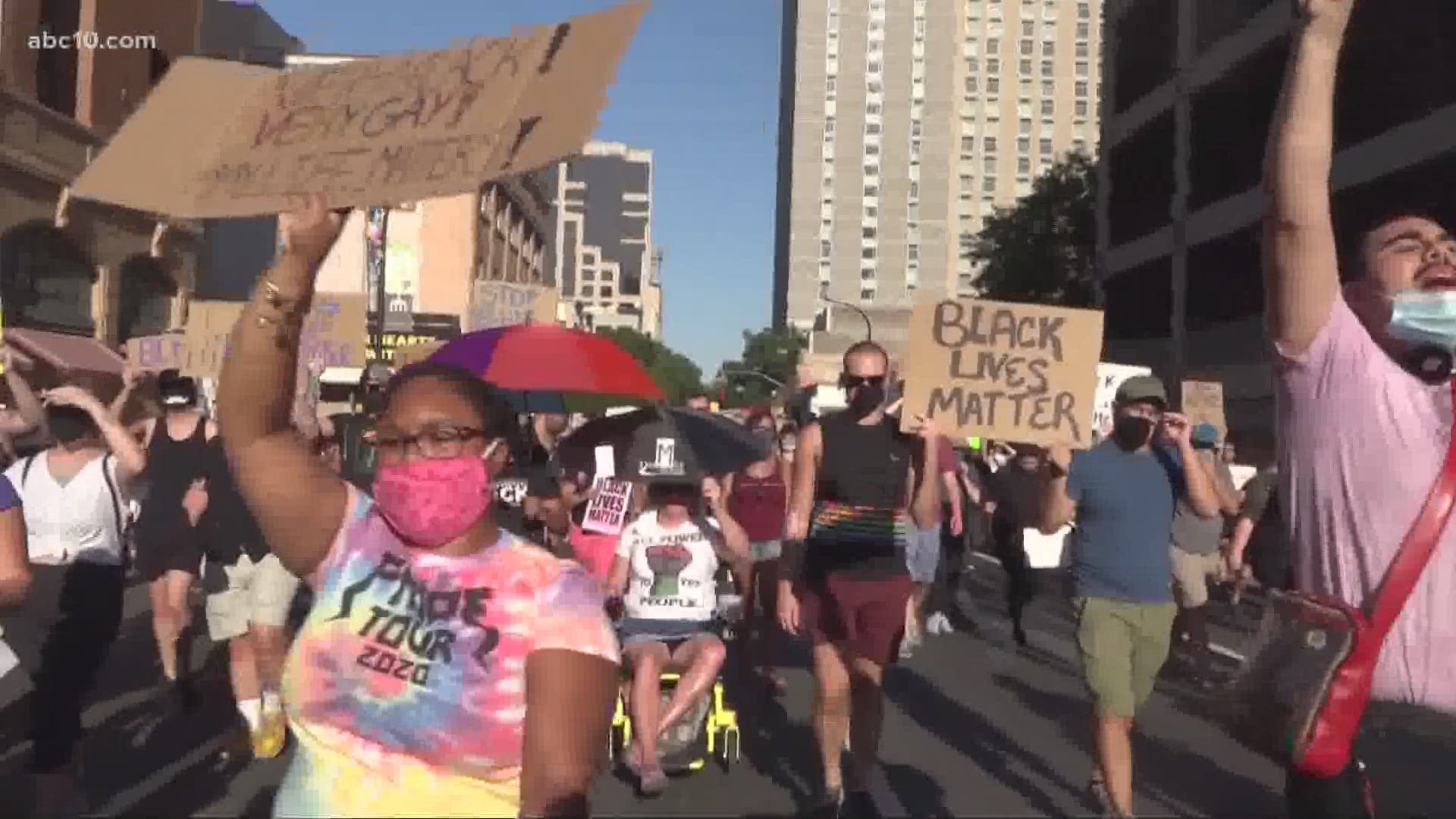![635981538584675165-RoughRidersCover-Final.jpg [image : 84042958]](http://www.gannett-cdn.com/media/2016/05/06/USATODAY/USATODAY/635981538584675165-RoughRidersCover-Final.jpg)
Though most Americans may be foggy on details, nearly everyone knows about Theodore Roosevelt leading the Rough Riders against the Spanish in Cuba.
Roosevelt was already well known before he created the Rough Riders. He came from a wealthy family and held public office. His military service, however, transformed him into a legend. Does the man live up to the myth?
Without doubt, he does. The courageous Roosevelt could ride, shoot, and command and inspire troops. "We'd have laid on a gridiron of hell if he'd given the order," says one of the Rough Riders.
The regiment didn’t win the 1898 Spanish-American War by itself, but it was in the thick of the fighting. It played major roles in two vicious battles, Las Guasimas and San Juan Hill.
Author Mark Lee Gardner follows the troops across Cuban battlefields in his Rough Riders: Theodore Roosevelt, His Cowboy Regiment, and the Immortal Charge Up San Juan Hill (William Morrow, 336 pp., ***½ out of four stars). It’s a comprehensive, well-paced account of Roosevelt and his company from recruitment to combat to disbandment.
![635984034504115471-Mark-Gardner-author-photo-credit-Vance-Lee-Gardner.jpg [image : 84148054]](http://www.gannett-cdn.com/media/2016/05/09/USATODAY/USATODAY/635984034504115471-Mark-Gardner-author-photo-credit-Vance-Lee-Gardner.jpg)
Gardner’s work benefits from his careful examination of private diaries, newspaper reports, and other records of the volunteer force. Those stories, many overlooked until now, provide rich detail and let common soldiers share the historical spotlight with Roosevelt.
Cuba was already revolting against Spanish rule when Roosevelt was named assistant secretary of the Navy in 1897. As conflict escalated between the U.S. and Spain, he advocated American intervention for Cuba. When the battleship USS Maine exploded and sank in Havana harbor, he began using personal and political contacts to agitate for a military command in the coming war.
Gardner relates how the idea of the Rough Riders grew from romantic notions of western cowboys and mountain men as “natural born, crackshot fighting men.” Roosevelt was commissioned a lieutenant colonel, and named second in command of the newly created First U.S. Volunteer Calvary. Newspapers soon started calling them "Roosevelt’s Rough Riders," though many ended up fighting on foot when overcrowded ships forced most of their horses to be left behind in Florida.
The volunteers were more than just cowboys. War fervor and Roosevelt’s popularity drew men from the plains of the West to the clubhouses of New York. They included Harvard and Yale track and football players and New York City officers from Roosevelt’s police commissioner days.
Once in Cuba, Roosevelt fearlessly led the Rough Riders into combat while on horseback. Gardner covers the courage and horrors of battle down to the bloody field hospitals, where one photographer’s assistant broke down at the sight of helpless men waiting to be operated on.
“I wish there was no fighting. I wish there was no war,” wrote one Rough Rider in his diary near the war’s end. “I wouldn’t take $1,000 for my experience, but I don’t want 5 cents more.”
Rough Riders is a must-read for Roosevelt aficionados and those who appreciate compelling stories of military history.


